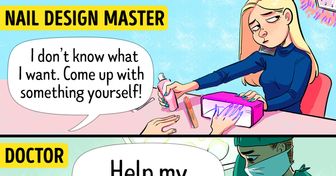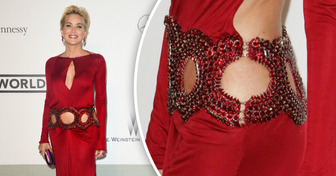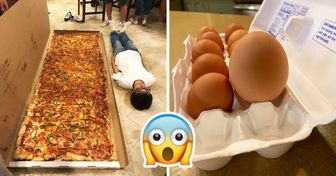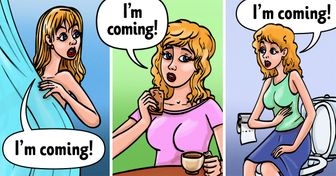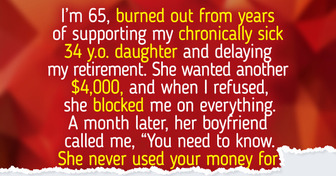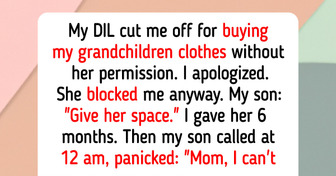21 Convincing Reasons to Love Australia From Afar

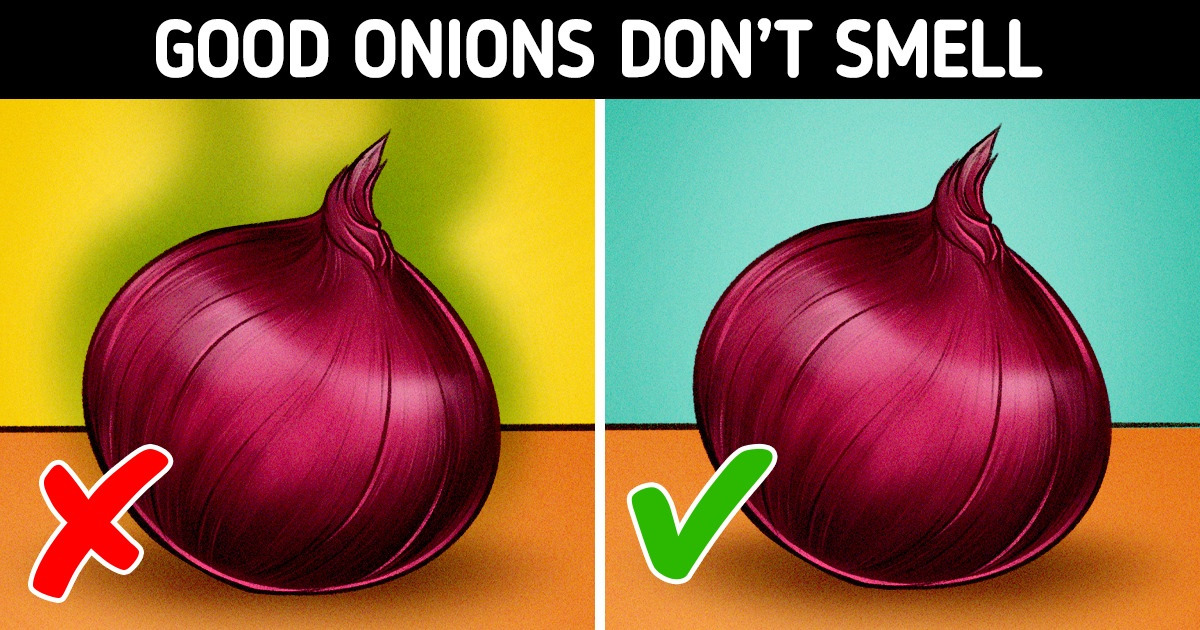
Many of us have gone to the grocery store, filled up our cart with fruits and vegetables expecting to come home with some delicious and fresh products, but when we opened that watermelon, took a bite of that apple, or squeezed that lemon, it was all spoiled, and the meal was ruined. Those who passed through this experience can tell you frustrating it can be.
To help you taste the best that nature can provide, Bright Side decided to gather these 15 tips to pay really close attention to when shopping for groceries.
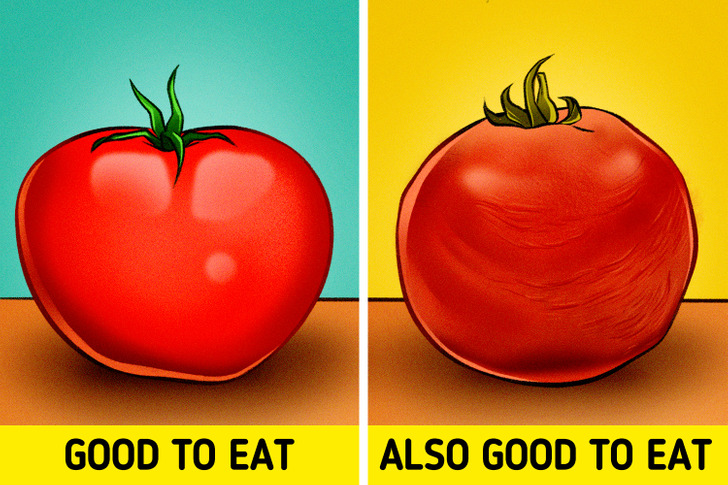
When you see a tomato full of wrinkles, you might think that is because it has gone bad, and you should throw it in the garbage. Actually, the wrinkles are just a sign that the tomato is losing water, and it is perfectly safe to eat, even if it’s not as pretty as a fresh one.
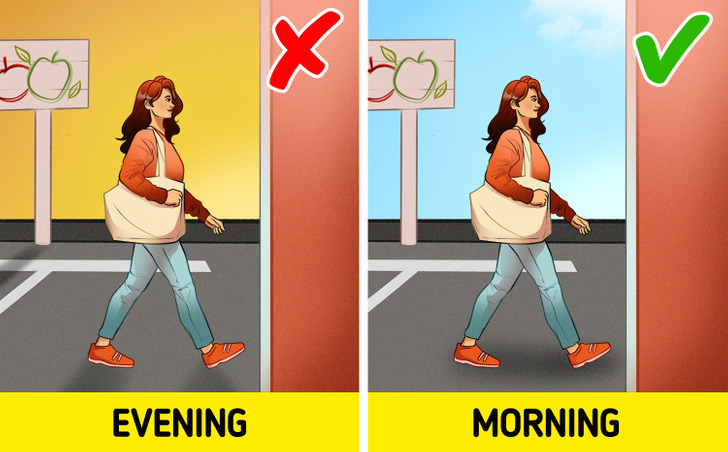
If you are looking for fresh groceries, you should go to the market right in the morning, when the store has just opened. This is the time when new products are delivered, therefore you can come home with the best options available.
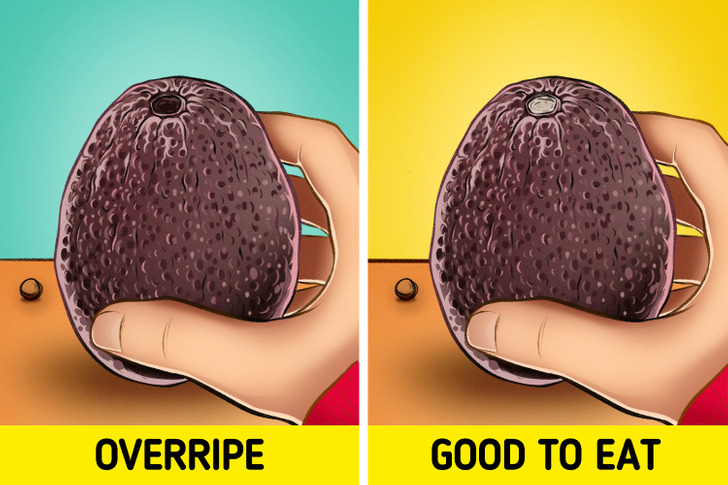
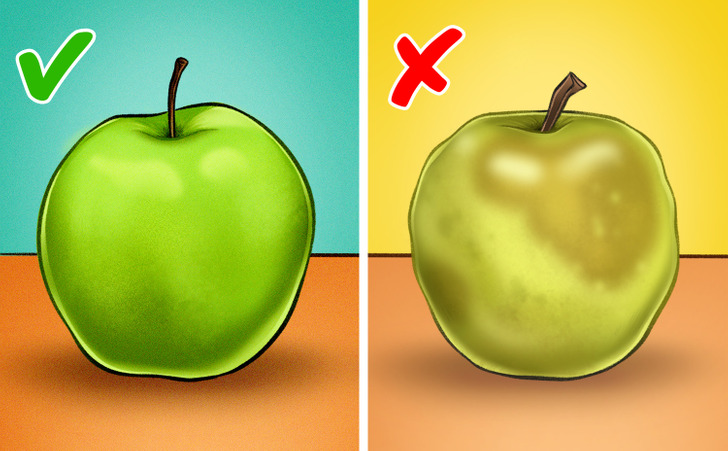
Bruises are good places for proliferation of bacteria, which can make your fruits and vegetables rot faster, and even cause diseases. That’s why you should stay away from them, and check your products carefully before buying.
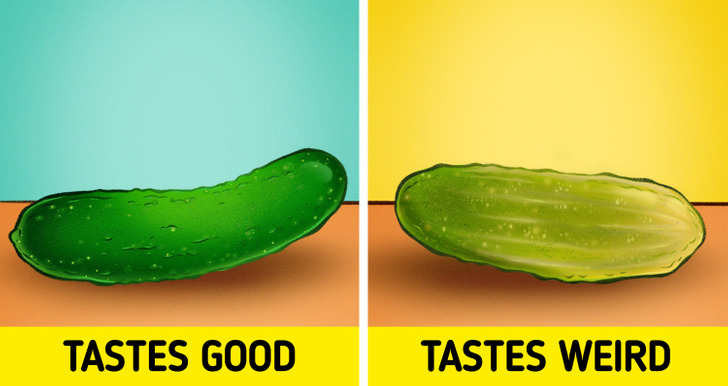
If you see that vegetable or fruit that is usually of a beautiful bright color, with yellowish discolored spots, that is a bad sign. This is typically an indication that the product is overly ripe, and therefore it will have a weird taste, so you should better stay away from it.
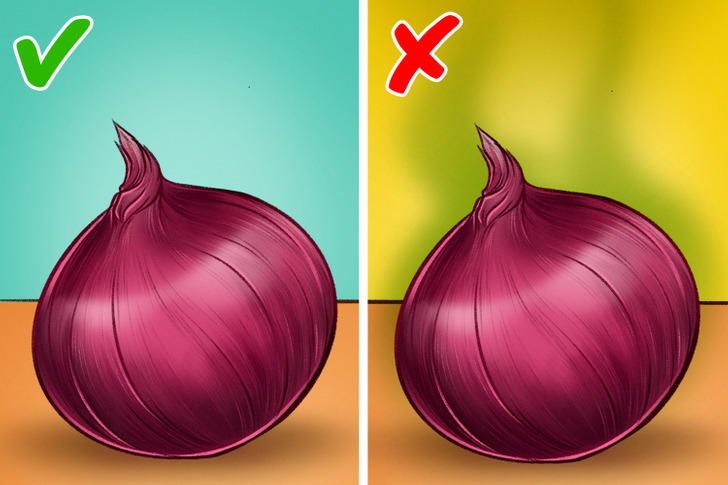
As surprising as it may seem, you can say if an onion has gone bad by smelling it: if the smell is too strong, then probably it’s not good to eat. You might think this is a weird tip because onions always smell, but we are talking about when their smell is really pungent, more than usual.
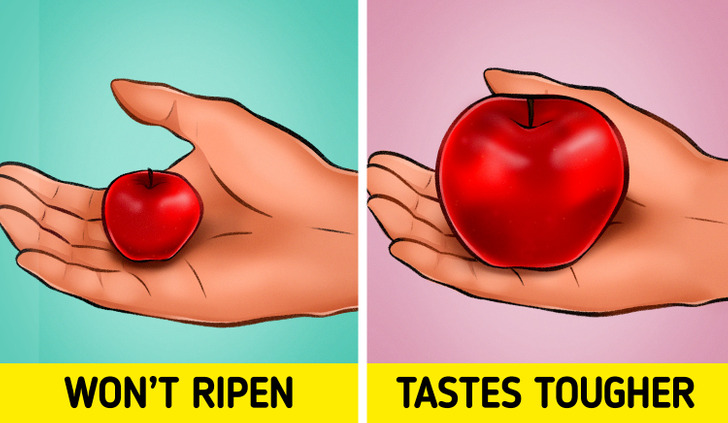
When shopping for groceries, you shouldn’t pick the produce that are smaller than its counterparts, as this is usually a sign that they were harvested too early, and won’t ripen properly. On the other hand, choosing the biggest apple you see might not be a good idea either. The big size can be a sign that the produce was left on the plant for too long, and therefore, it will taste tougher.
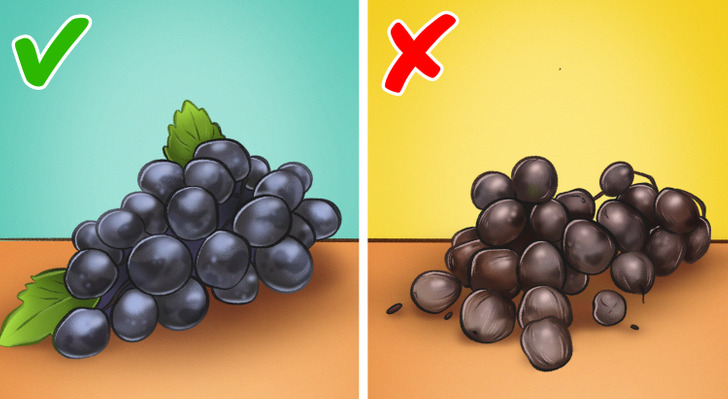
When choosing grapes, you should always pick the dark-colored ones. Discolored, brown, or with a withered appearance are not as fresh or ripe, so keep them away from your cart.
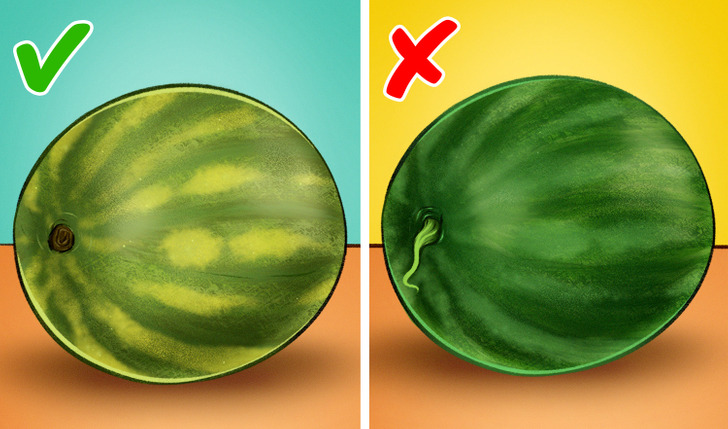
If you want to know whether your watermelon is good or not, you don’t have to open it first, you just have to pay attention to these signs: a ripe watermelon will come with a dry brown stem, and a yellowish skin means that the fruit got the proper time and sunlight to become sweet (the same tip also applies for melons).
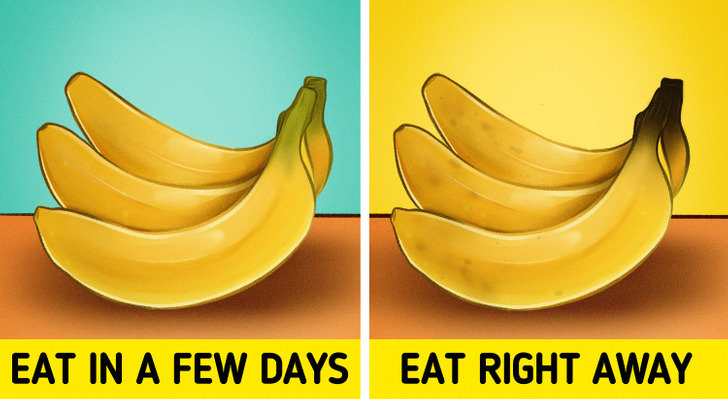
When you are choosing your bananas, it’s important to have in mind when you are going to eat them, as they appearance may tell how long it will take for them to ripen. If you’re eating them right away, pick bananas with no green around its ends, and some light brown specking. Now, if you’re eating your bananas in a couple of days, get the ones with green parts at its ends, and no brown spots.
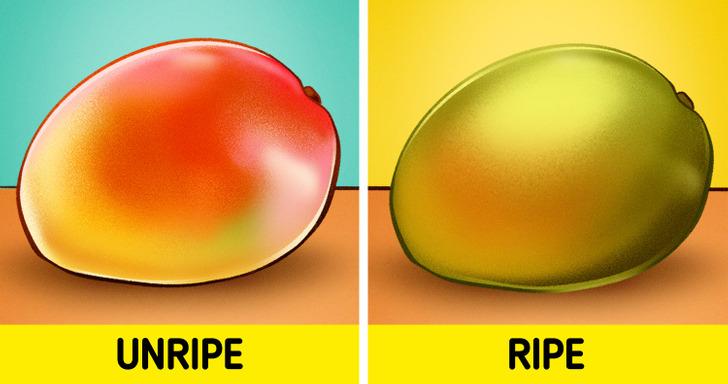
You should never judge a mango by its color, as it doesn’t indicate whether the fruit is ripe or not. Instead, give it a gentle squeeze, if it’s proper to eat, the mango will give in a little, and also will have a fruity aroma at the stem end.
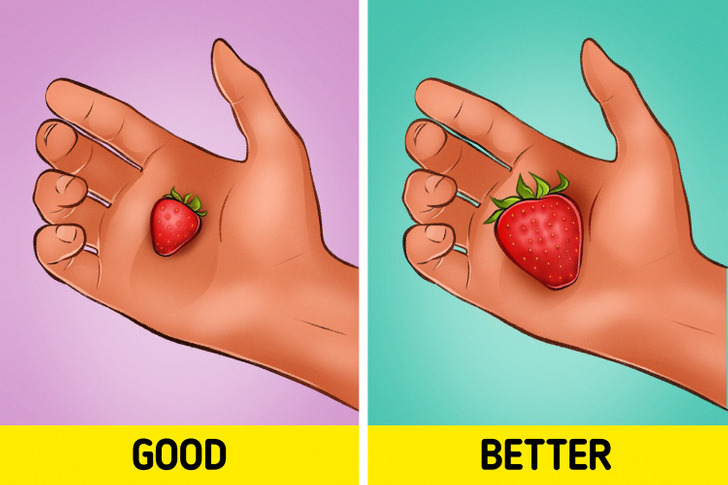
Smaller fruits are usually sweeter, but that doesn’t apply to strawberries, which means that the big ones are usually better. Strawberries stop ripening once they are harvested, so when looking for them, you should pick the ones with a bright red color and fresh green leaves. If they were picked a long time ago, they will look dried and wilted.
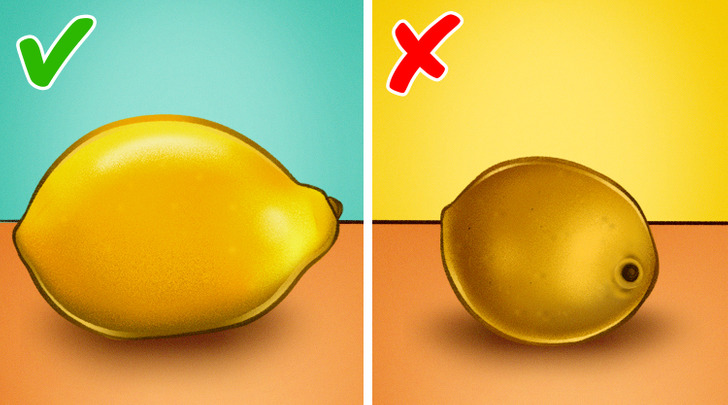
A good lemon is firm, unblemished, with smooth skin, and a heavier feeling. If your lemon looks sad and pale, it won’t give you much juice, as it will also be older.
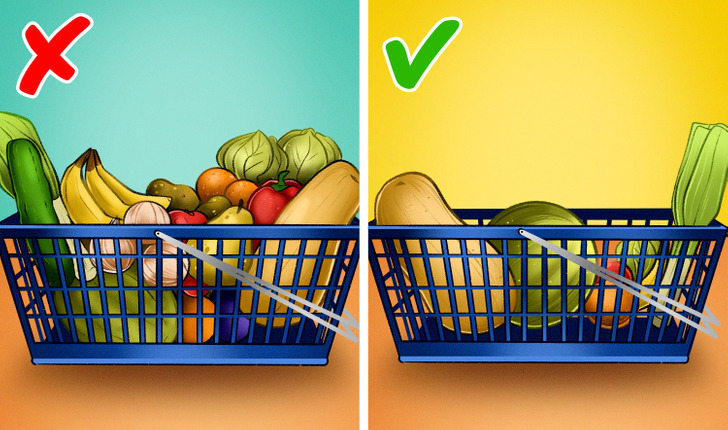
When shopping for groceries, you should always have in mind that fresh and organic products won’t last very long. Therefore, you must only buy the amount that you can consume within a few days, before it all starts going bad. You can also choose vegetables and fruits that are in season, as they will be less expensive, and of a better quality.
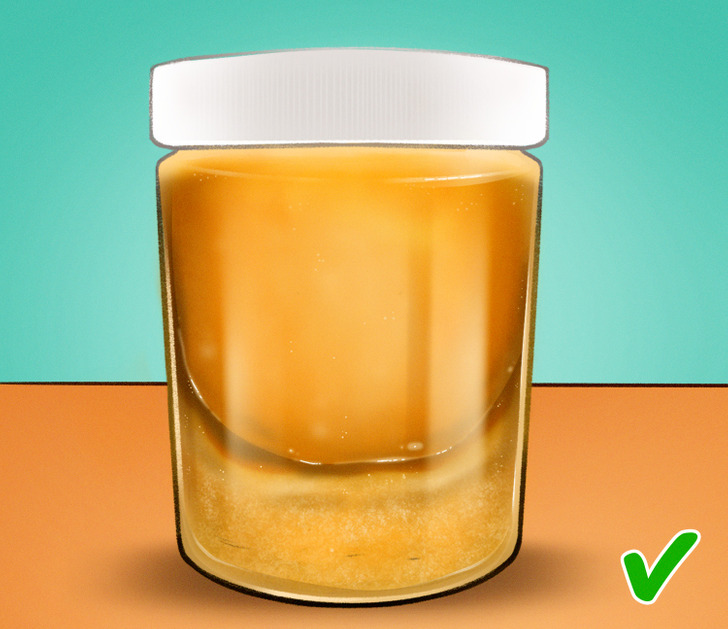
If you see a crystallized honey, it doesn’t mean that is spoiled, it’s actually a good sign, as the crystals means freshness. That is a natural reaction that happens when the temperatures drop, and if the crystals looks opaque is even better because it means it is more natural, instead of pasteurized.
What are the tricks you use when shopping for groceries? Please share them with us in the comments!

